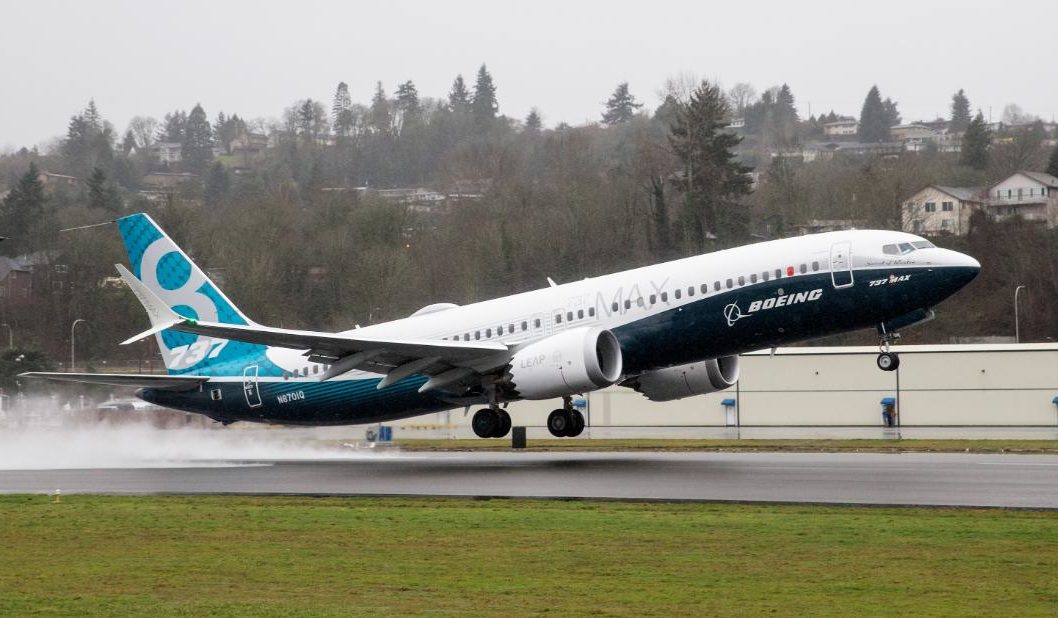Estimated reading time 4 minutes, 51 seconds.
The Federal Aviation Administration (FAA) on April 30 issued a new Airworthiness Directive (AD) for specific Boeing 737-8 and 737-9 aircraft. The directive comes on the heels of Boeing’s April 9 announcement, which stated that during standard production testing, an urgent safety issue was discovered involving an electrical bonding and grounding issue in a newly manufactured Max 8 plane.
“Investigation identified insufficient bonding of certain metallic support panel assemblies installed in two areas of the flight deck, which affects the electrical grounding of installed equipment,” the AD reads. The aircraft had not yet been delivered.

Boeing issued a recommendation that 16 737 Max operators temporarily remove the planes from service. The FAA said all affected planes, in the U.S. and worldwide, have been grounded, “pending development and implementation of approved corrective action that will address the unsafe condition.”
According to the AD, “the affected areas are the P6 panel assembly, including the mounting tray for the standby power control unit, located behind the first officer, and the main instrument panel assembly located in front of and between the captain and first officer.”
The electrical issues “could affect the operation of certain systems, including engine ice protection.” The AD was issued in an attempt to prevent “loss of critical functions simultaneous flight deck effects,” possibly impacting safe flight and landing.
In an April 28 statement, Boeing chief executive Dave Calhoun said, “We are finalizing the plans and documentation with the FAA to outline the process required for operators to return their airplanes to service. Upon approval by the FAA, we expect the work to take a few days per airplane.”
The FAA acknowledged that “all affected in-service airplanes passed all testing prior to delivery, and there have been no reported in-service failures due to this condition. However . . . there is a potential for degradation or loss of the existing uncontrolled ground paths on those airplanes over time.”
The AD applies to Boeing 737-8 and 737-9 aircraft “with an original airworthiness certificate or original export certificate of airworthiness issued on or before April 9, 2021.” The flight deck modification will affect 71 aircraft, and the cost on U.S. operators to fix 71 aircraft would be US$154,915, according to the AD. Affected aircraft have been grounded from service, “pending development and implementation of approved corrective action that will address the unsafe condition.”
The Boeing 737 Max aircraft was grounded in March 2019 following two fatal 737 Max 8 crashes. After a lengthy re-certification process, the FAA ungrounded the aircraft on November 18, 2020. This new safety concern is not related to the system error that led to the fatal crashes with Lion Air (2018) and Ethiopian Airlines (2019).
Since November 2020, Boeing has delivered over 85 737 Max aircraft worldwide. “Twenty-one airlines have returned their airplanes to service and have safely flown more than 26,000 revenue flights totaling more than 58,500 flight hours,” said Calhoun.
The FAA is in contact with the currently affected airlines and the manufacturer, and will ensure the issue is addressed. The AD was published in advance on April 29, 2021, and was scheduled to be published in the Federal Register on April 30.








